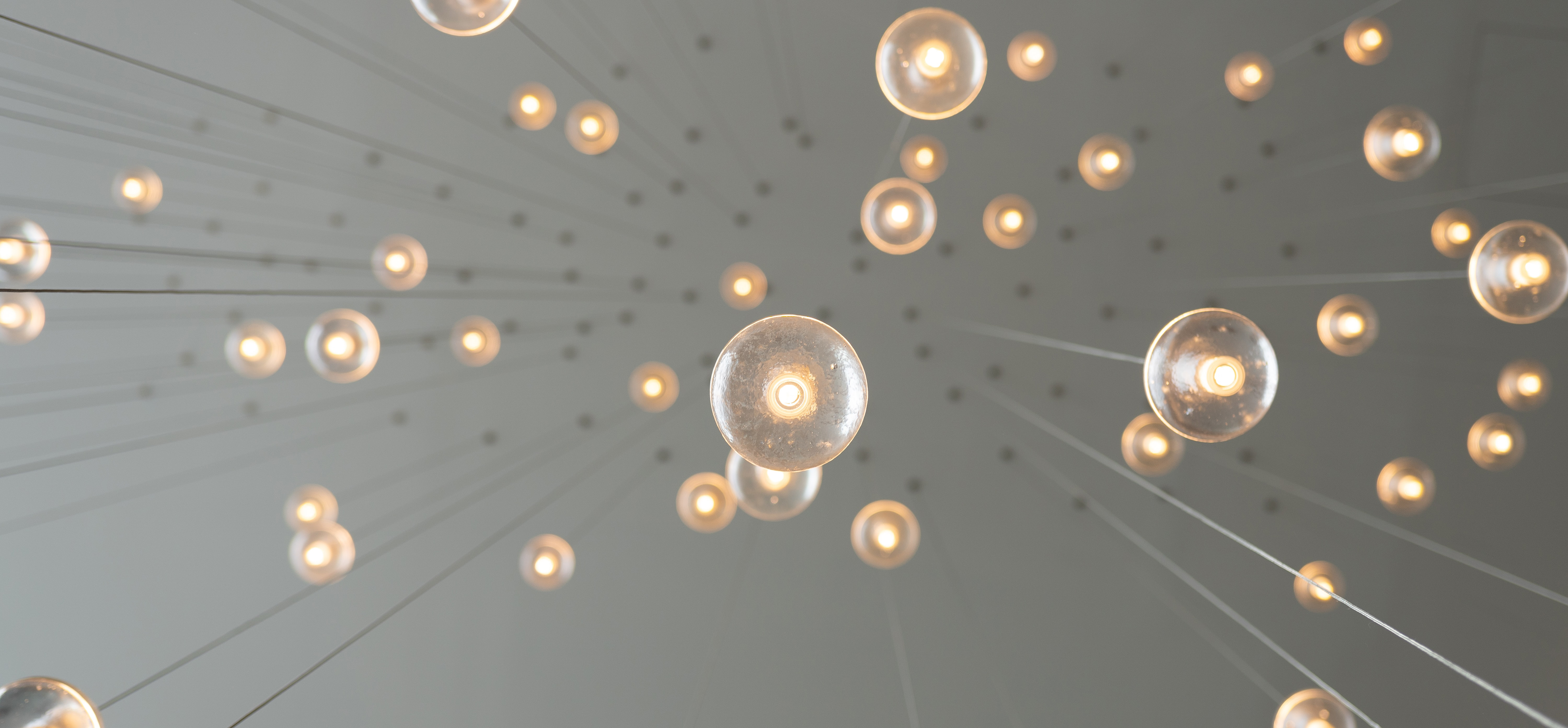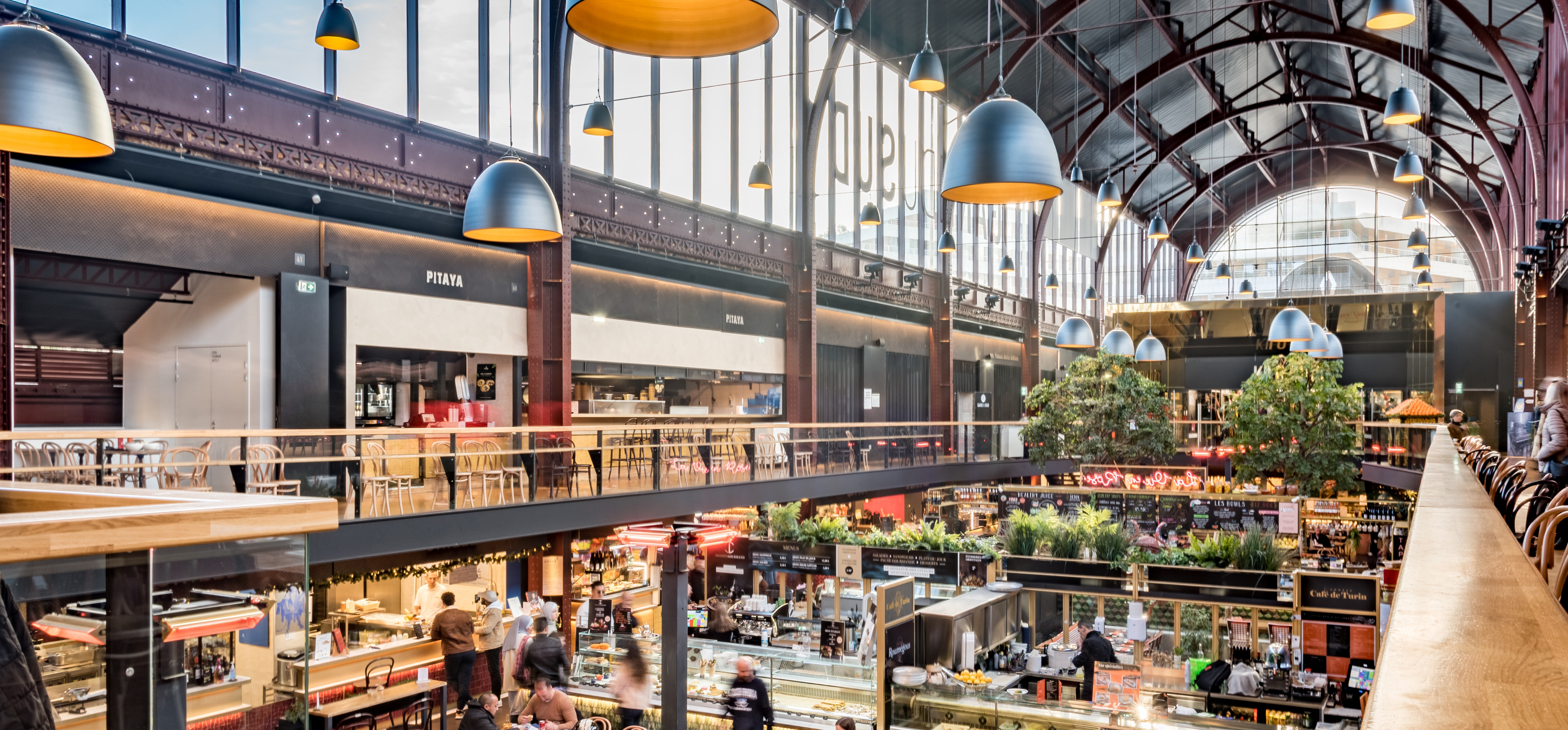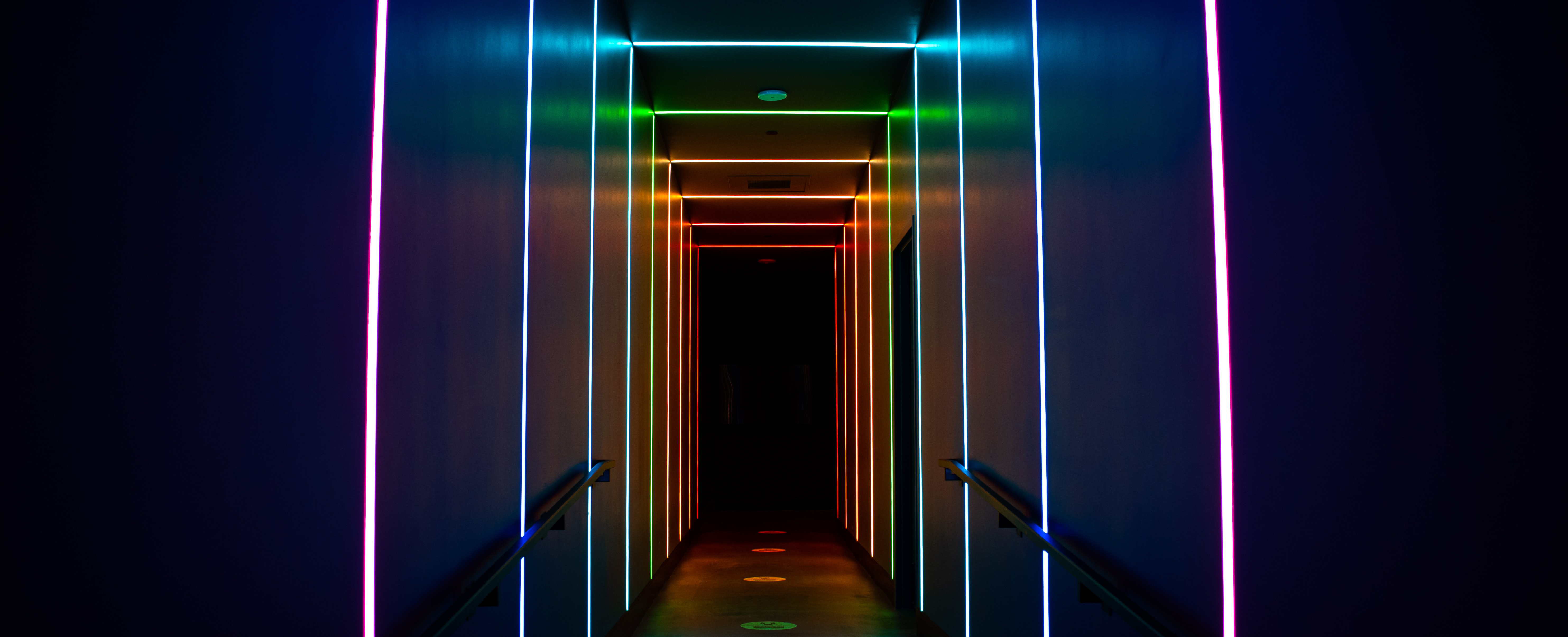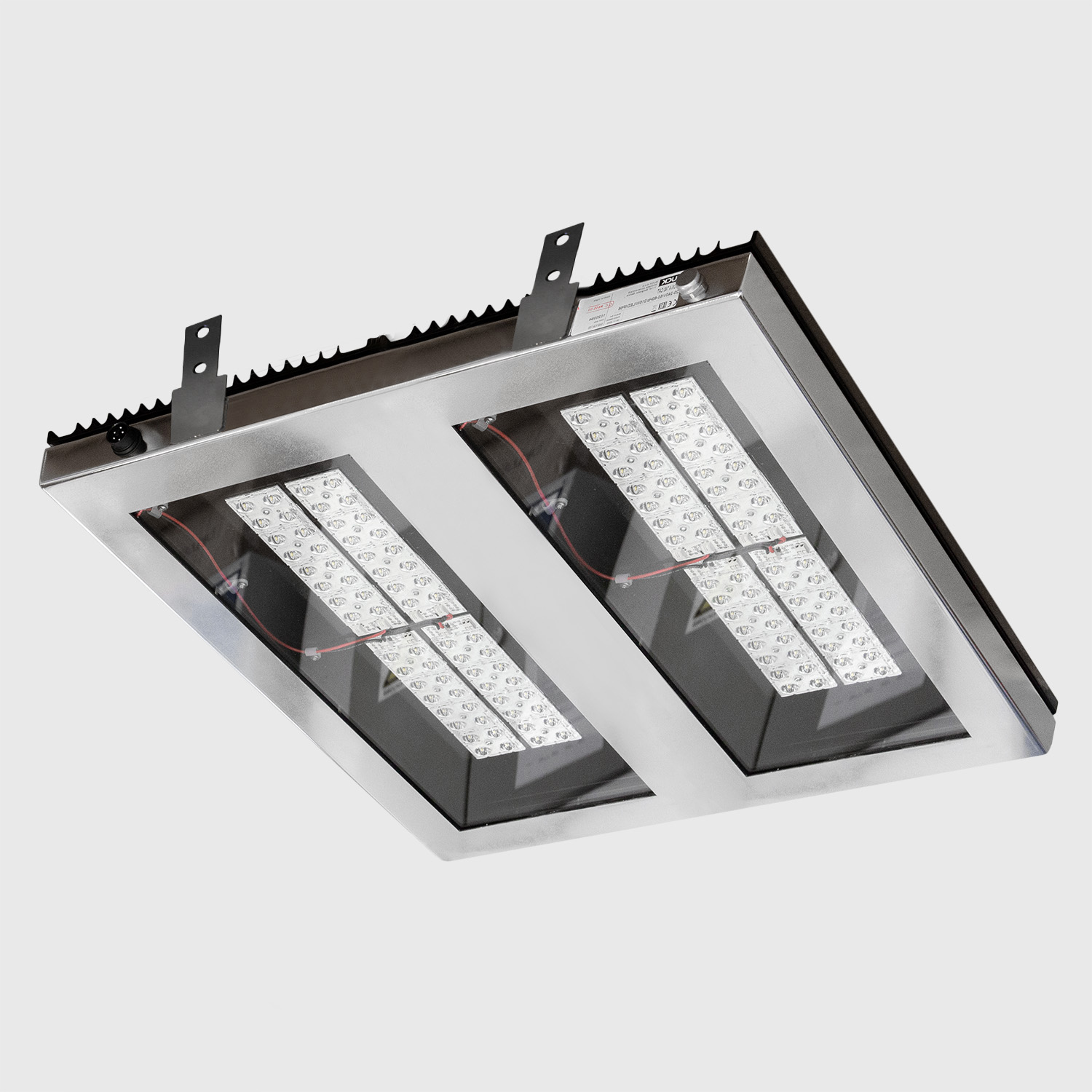Although conventional lighting is still present in many households, large public institutions from various fields, as well as numerous companies, which have become acquainted with the many benefits it brings, have given preference to LED lighting.
The already developed awareness of the ecological significance and economy of LED luminaires are playing a leading role in choosing the appropriate type of lighting in rooms with different purposes. A quality LED luminaire can work continuously for over 50 thousand hours, which is approximately 15 years if the light is used for 8 hours per day. Therefore, its high energy efficiency, which is primarily related to reduced electricity consumption, has a significant impact on finances.
The next well-known information about LED lighting, which has gained an even more important role in society today, is the fact that it does not contain toxic materials, such as lead and mercury, which has a positive effect on human health and suppression of potential decomposition of toxic waste inside of the environment.
In addition of these widespread data on LED lighting, we want to introduce you to some other, less known facts:
LED luminaires don’t attract insects
Light sources have always been a kind of bait for insects. However, the “love” of insects towards the light source doesn’t depend on the type of luminaire but is related to the spectrum of colors that luminaire can emit. This theory expounded Michael Justice, at the annual meeting of the American Association for the Advancement of Science, with the data he collected, based on a conducted experiment. Namely, most incandescent luminaires to which we are accustomed, emit light in the infrared range of light (IR), to which insects are particularly sensitive and that’s the reason which causes the appearance of huge numbers of them, whether we are talking about an open or closed space illuminated by this type of lighting. In addition to these luminaries, their attention is also attracted by luminaires which emit light in the blue range of the spectrum. With that in mind, LED luminaires with a colour temperature that moves towards the blue range of the spectrum, are not the key to preventive action in the battle against insects. The right choice for those who want to get rid of this problem is warm white LED luminaires, which the experiment proved.

In countries with cold climates LED luminaires shine brighter
The operation of LED luminaires proved to be extremely good in cold conditions. Although in the specifications for common use, manufacturers don’t indicate the minimum temperatures and the lowest limit of endurance of these luminaires. Compared to other types of lighting, their resistance to harsh weather conditions is significantly higher. On the other hand, compared to LED luminaires, it can happen that fluorescent luminaires in such climatic conditions simply don’t turn on or emit light with much lower intensity. In cold conditions, the lifespan of LED luminaires is extended, and the light becomes stronger. For that reason, the cities of Russia mainly choose this type of lighting. Additional confirmation of its efficiency is the fact that LED lighting has been installed even in Antarctica, at the East station, where temperatures reach up to -85 ° C.

LED luminaires have a positive effect on newborns and help in faster recovery from various diseases
The healing properties of the light have been known since ancient times, and research in this area and they still continue. It’s confirmed that in ancient Egypt, sunlight was used for medical purposes, while later in ancient Greece, Hippocrates described the use of sunlight in the treatment of some organic disorders and diseases. With the development of new technologies, doctors can provide adequate LED therapy to newborn babies, without worrying about the accompanying infrared radiation. The father of modern phototherapy, Niels Ryberg Finsen, developed the first artificial light source adapted to the medical needs of this type. After realising that exposure to sunlight improves the condition of newborn babies who had jaundice in 1958, a series of experiments began, resulting in the creation of LED luminaires for phototherapy and medical purposes. Today, we know that the general condition of babies suffering from jaundice significantly improves after exposure to the blue spectrum of LED luminaires, in just two to three days. In addition to jaundice which can suffer newborns, with the help of LED luminaires and phototherapy, many skin diseases can be treated.
Showcases with LED lighting reduce the risk of appearance of bacteria and prolong the lifespan of food
A long time ago it has been proven that exposure of goods and food to intense ultraviolet and infrared radiation is a bad practice because it can cause faded fabric or packaging, while the heat of the luminaires itself can greatly affect the perishability of food in the food industry, weight loss of products or change of their shape. Scientific research has proven that in showcases with LED luminaires, the meat stays fresh longer, while the development of bacteria in them is much slower.

LED luminaires reduces fire hazard risks
In one of the experiments, it’s been compared a traditional incandescent luminaire, a fluorescent luminaire and an LED luminaire, and it was determined the maximum heating temperature for each of the luminaire’s body during a one-hour operation. These are the results:
- • Incandescent lamp 75 (W) – 268 ° C;
- • Fluorescent lamp 15 (W) – 139 ° C;
- • LED lamp 9 (W) – 65 ° C.
It is obvious that LED luminaires are the safest type of lighting in terms of potential flammability and the possibility of causing fires. Their thermal radiation is minimal, and the objects that are only a few centimetres from the LED luminaires, remain cold to the touch. Thanks to that, they can be placed in the immediate vicinity of plastic or wooden elements of the interior, without the risk of causing a fire or causing possible burns on the skin, when humans come in contact with the surface of the lumina’s heating body.
LED luminaires as one of the factors in saving aquatic ecosystems
Considering the fact that LED luminaires have a wide range of variations, this light source offers great opportunities for growing plants of all kinds, whether it is traditional cultivation on land or modern systems such as hydroponics. Thanks to LED luminaires from recently, aquarium lovers have started to grow corals in their small oases. Research conducted in Israel, Germany and the Philippines noticed the negative impact of traditional street lighting on the aquatic ecosystem of coastal areas. As a suggestion for solving this problem, among the other things, was mentioned the transition to environmentally-friendly LED lighting. Gabriel Grimsdih’s concerns expressed at the annual UN summit on environmental issues are justified by alarming data indicating the possibility of coral reefs becoming extinct by up to 90% by the end of 2050. This fact, which testifies to the importance of the impact of light pollution on biodiversity, shows the potential for improving this issue with the use of LED lighting. From a scientific point of view, creating the conditions for coral growth in an artificial environment can contribute to the preservation of these multicellular organisms, which are threatened with extinction, which could have devastating consequences for humanity.

With the advancement of science and technology, from year to year, LED lighting expands its range of possibilities and leaves behind great potential for new discoveries in various fields.











